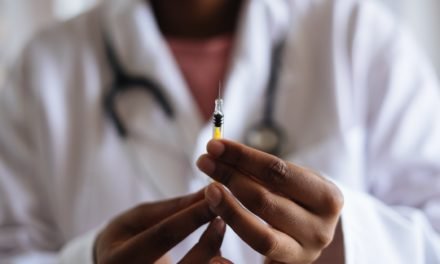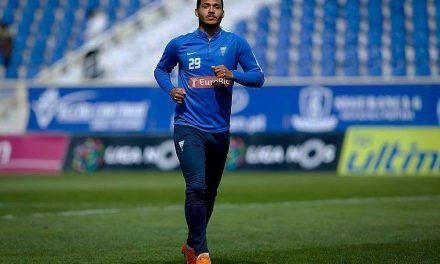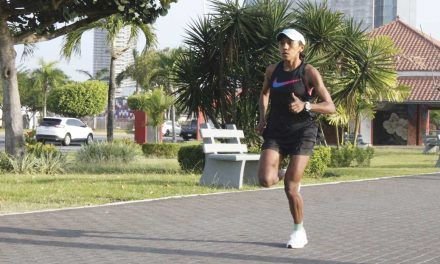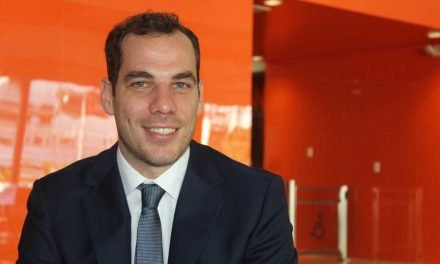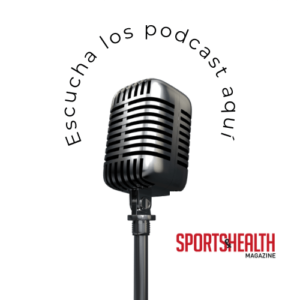 |
| Foto: Dreamstime |
Sports and Health had the opportunity to talk with one of the most recognized specialists in sports medicine and member of the medical staff of the Hospital for Special Surgery (HSS).
Dr. Williams who recently visited our country, has worked with prestigious institutions such as the Brooklyn Nets, the New York Red Bulls and the Basketball Men’s National Team for the US in the treatment of sports injuries. The surgeon talked about multidisciplinary and holistic treatments necessary to ensure effective return to the game for professional athletes
1. Athletes get injured often, it seems they recover faster than the rest of us. How do they do it?
Athletes are typically younger and better conditioned than most recreational athletes. Treatment strategies are oftentimes implemented more quickly. As such, because these athletes are treated very quickly after injury and have a
large team of practitioners working on their care, the elite athlete has every resource available to him or her dedicated to their overall recovery.
2. What is the most common surgery for athletes?
In the soccer and basketball athlete, injuries to the knee including meniscus and anterior cruciate ligament tears are very common. As such meniscus repairs and ACL reconstructions are very common in the soccer athlete. In the throwing sports such as baseball or tennis, shoulder injuries including shoulder instability (dislocation) and rotator cuff tears are common. Thus throwing / upper extremity athletes usually will undergo shoulder stabilization (labrum repairs) or rotator cuff repair surgery. Ankle ligament repairs are also common in all the athlete types listed above.
3. Which sport causes the most injures in athletes?
Basketball, soccer, American football/rugby and baseball are sports associated with injuries.
4. Are injuries different for each sport? Can you give us an example? – see #2
5. What role does warming up play in avoiding injuries?
This is a controversial topic. While warm-ups are typically part of the elite athletes program, there are no definitive studies which prove or disprove this statement. Most sports Medicine doctors do recommended pre activity warm
up as a mean of preventing muscle strains and ligament sprains for most vigorous sports activities.
6. How do you manage your time in order to train?
Personally, I am very busy with surgery, team coverage, family responsibilities and training. I like to cycle, join group fitness classes and lift weights. I work out typically 6 days a week. . I think it is important to stay in good shape to handle such a busy schedule. I also think it serves as a good example for my patients. I
typically train before work and on weekends.
7. Why did you decide to visit Panamá?
In conjunction with HSS, I decided to come to Panama as part of our sports outreach program near the end of 2015.
8. What would you recommend elderly people do to maintain healthy bones?
As I would suggest for all people, not just the elderly, exercise is useful maintain good health and wellbeing. Elderly folks should simply do their best to “keep moving” in whatever capacity they can. Good bone health is started at a young age. As such, maintaining good bone health requires a healthy dose of aerobic activity (walking, jogging, cycling) and some resistance training (lifting weights).



